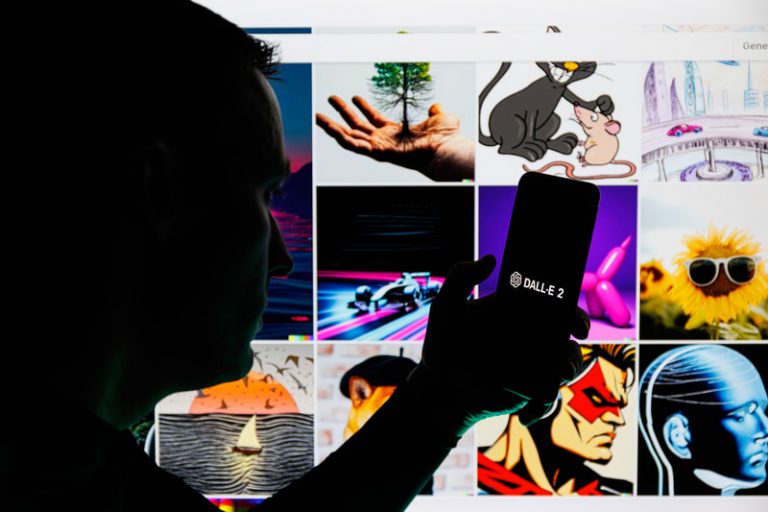Original article can be found at https://www.nspirement.com/2023/05/30/copyright-of-ai-generated-images.html
With artificial intelligence (AI) carving its niche in every sphere of life, including arts and creativity, legal challenges concerning copyrights have arisen. This issue particularly pertains to images created using AI software, and the question about their rightful ownership — the AI system or the human creator who trained it?
Understanding AI-generated images
Images produced through machine learning algorithms come under the umbrella of AI-generated visuals. These algorithms learn and adapt from extensive image datasets and create new visuals based on recognized patterns. The spectrum of such AI-generated images is quite wide, spanning from realistic photographs to abstract and surreal artwork.
Challenges with copyright laws for AI images
The legal frameworks for copyrights were crafted with the aim of safeguarding original artistic works, providing the creators with exclusive rights to reproduce, display, and distribute their creations. When it comes to AI-generated images, the application of these laws poses substantial challenges. A primary issue here is the identification of human contribution in the creative process. Even though an AI system generates an image, it does so by analyzing existing data, usually without direct human involvement.
A prime example of this dilemma is the AI-made children’s book by Ammaar Reshi, which faced significant backlash after selling around 900 copies on Amazon. The critics argued that Reshi wasn’t an author or illustrator, despite his claims to the contrary.

‘Alice and Sparkle’ is an AI-generated children’s book by Ammaar Reshi. (Image: Ammaar Reshi)
Eligibility of AI-generated images for copyrights
As things stand, the legal framework typically accords copyright protection to human creators, excluding works produced by non-human entities. This stipulation raises questions about the copyright eligibility of AI-generated images, and the lack of clear mechanisms for ownership and attribution further exacerbates the issue.
For instance, the AI art generator Deep AI explicitly states in its terms of service that content created using their tools is not subject to copyright restrictions. This directive means that AI-generated artwork can be used freely for both personal and commercial purposes. However, copyright authorship, at least in the United States, is generally accorded to works that are original and created by humans, among other stipulations.
Attribution and ownership for AI-generated images
When AI images are generated, deciding who the creator is can be a difficult task. Should the law acknowledge the software creator’s contribution or the individual who used the software to generate the image? If we draw parallels with a more conventional scenario, the manufacturer of a pen doesn’t own the copyright to a piece written using that pen, nor does Adobe own the copyright to artwork produced using Photoshop.

When AI images are generated, deciding who the creator is can be a difficult task. (Image: Rokas Tenys via Dreamstime)
However, in the context of AI art generation, the user’s involvement might be minimal, often as simple as clicking a button. From this perspective, we can infer that an AI system, despite generating the image, cannot initiate the process without a user prompt. Therefore, logically, the copyright should belong to the user or artist, not the AI.
Preventing copyright infringements
As AI technologies are yet to undergo exhaustive legal scrutiny, the legalities surrounding their use in creating art remain ambiguous. When engaging with AI-generated art, it’s prudent to keep certain things in mind.
One, be careful when integrating another artist’s name or existing work into your artwork. Familiarize yourself with any existing copyright licenses that might still apply to the work.
Two, despite the user-friendliness of these AI tools, they usually come with terms of service and licensing agreements. Comprehending what actions are permissible and understanding the constraints when using such tools is critical.
Finally, even if an AI-generated image seems distinct from existing ones, the AI could still incorporate elements from other protected works. Hence, creating artwork that closely resembles popular images or using well-known prompts might lead to potential copyright infringements.
Looking ahead
The future of copyright in AI-generated art will require a delicate balance between promoting innovation, protecting artists’ rights, and adapting legal frameworks to address the unique nature of these creations.
As technology advances, policymakers, legal experts, and the artistic community must engage in ongoing dialogue and shape a copyright framework that embraces the potential of AI while upholding the principles of creativity, ownership, and attribution in the digital age.